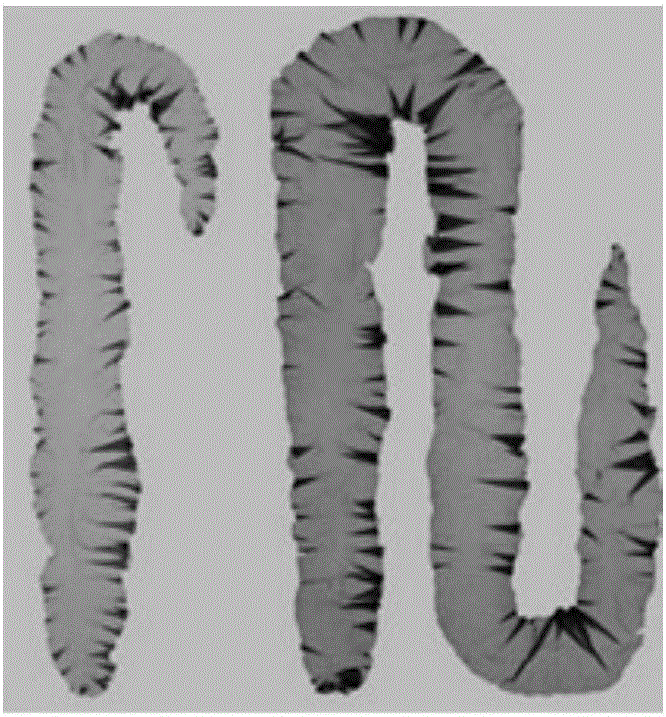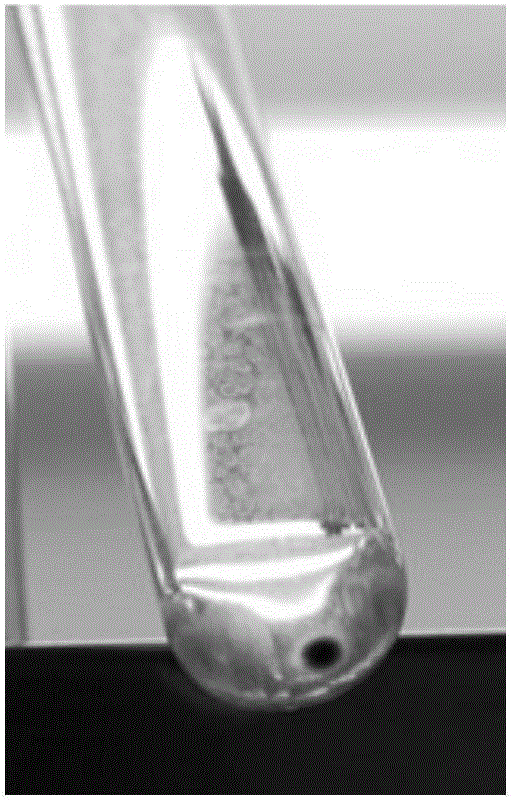Hermaphrodite laver dihaploid colony building method
A double haploid and hermaphroditic technology, applied in botany equipment and methods, plant genetic improvement, horticulture, etc., can solve the problem of difficulty in heterozygous filaments
- Summary
- Abstract
- Description
- Claims
- Application Information
AI Technical Summary
Problems solved by technology
Method used
Image
Examples
Embodiment
[0036] 1.1 Selection and cultivation of the thallus (gametophyte) of the hybrid parent of Porphyra variegata
[0037] Porphyra zebra as the hybrid parent should have obvious morphological markers, and generally choose algal bodies with different colors that can be clearly distinguished by the naked eye. In this plan, the wild color PY-LS ( figure 1 , left) and the red mutant line PY-HT ( figure 1 , right) as an example. In addition, while considering the polymorphic differences and fertility between parents, we should try our best to select materials with relatively distant kinship, large genetic differences, and strong polymorphism of molecular markers as hybrid parents, so as to facilitate the development of genes with good traits. positioning and cloning.
[0038] Weigh 100 mg of parental filaments (spores) with a wet weight, put them on a sterilized plastic backing plate, chop them into short algae segments with a sterilized single-sided blade, and transfer them to a gla...
PUM
 Login to View More
Login to View More Abstract
Description
Claims
Application Information
 Login to View More
Login to View More - R&D
- Intellectual Property
- Life Sciences
- Materials
- Tech Scout
- Unparalleled Data Quality
- Higher Quality Content
- 60% Fewer Hallucinations
Browse by: Latest US Patents, China's latest patents, Technical Efficacy Thesaurus, Application Domain, Technology Topic, Popular Technical Reports.
© 2025 PatSnap. All rights reserved.Legal|Privacy policy|Modern Slavery Act Transparency Statement|Sitemap|About US| Contact US: help@patsnap.com



